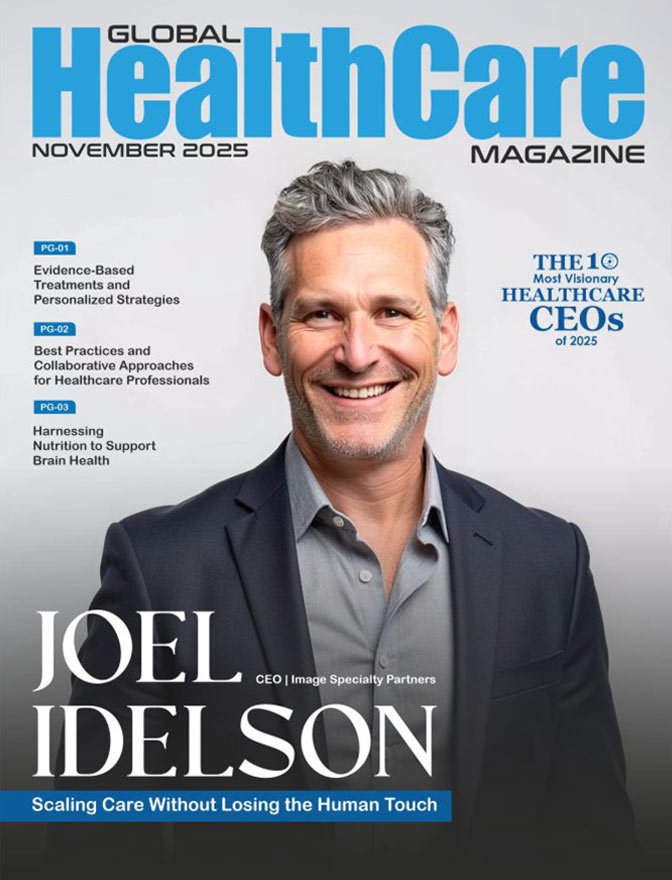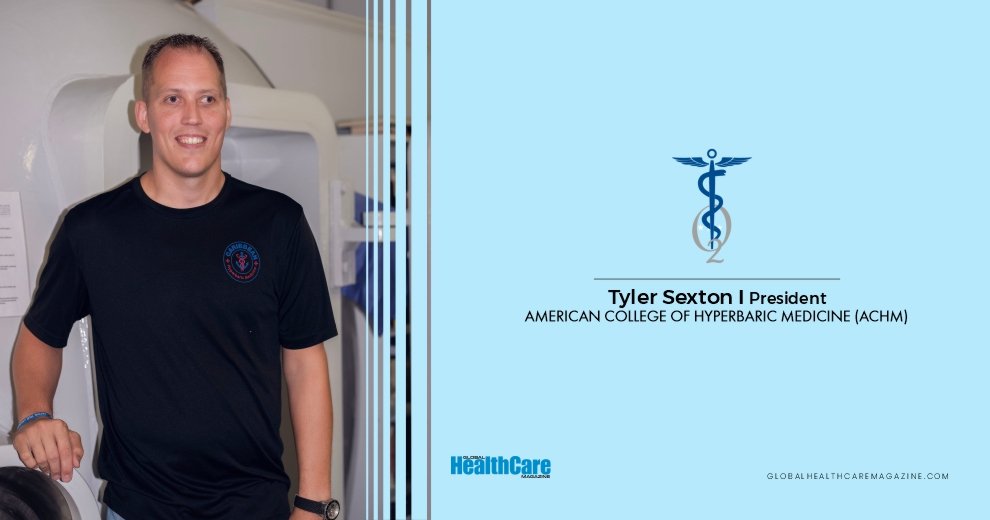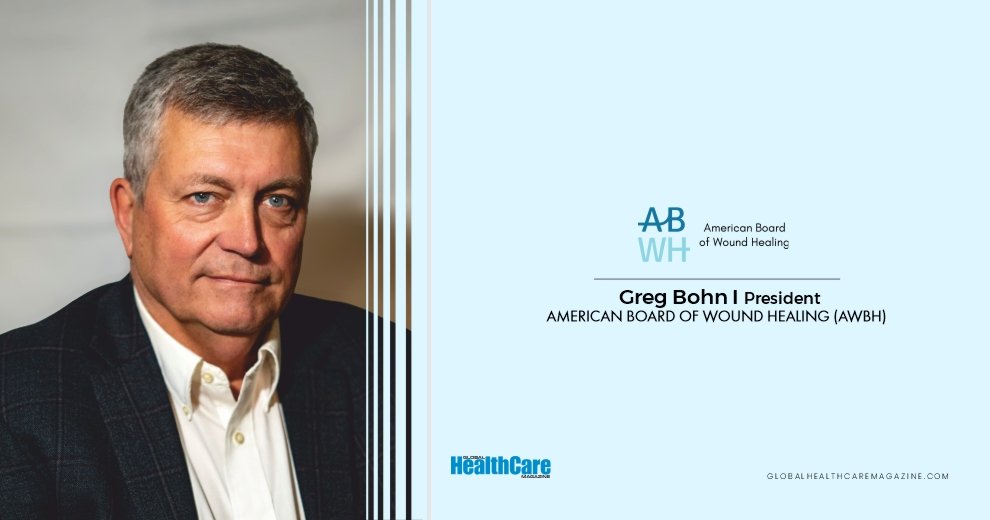As federal health policies continue to evolve, private insurers are playing an increasingly vital role in shaping public health outcomes. Recent announcements by America’s Health Insurance Plans (AHIP) and large employer-backed insurance groups highlight how private companies are stepping in to provide consistent access to essential services like vaccinations. It is a move that could significantly influence the nation’s overall health trajectory.
AHIP recently confirmed that its members will fully cover vaccines recommended by the CDC, including COVID-19 and flu shots, with no cost-sharing for patients through the end of 2026. This decision comes amid shifting federal guidance, creating a reliable safety net for millions of Americans.
Impact of Private Health Insurance
This pledge signals a growing influence of private insurers in public health, as government funding for certain preventive programs begins to decrease.
Key impacts include:
- Stable Access to Vaccines: Millions of Americans will continue receiving free vaccinations without surprise costs.
- Reduced Public Health Gaps: Consistent coverage helps prevent outbreaks, especially in underserved communities.
- Employer-Driven Care Expansion: Large employers are also ensuring coverage for their workforce and families, strengthening workplace wellness.
Private Insurers Stepping Up Against Policies
The timing of AHIP’s announcement is critical. The CDC’s vaccine recommendations are expected to change soon, potentially leaving gaps in federal coverage. In such a scenario, private insurers act as a shield, ensuring that preventive care remains uninterrupted.
Historically, vaccine distribution and funding have been government-led, especially during crises like the COVID-19 pandemic. However, as emergency programs end, private players are filling the gap. This marks a shift from reactive government measures to proactive private sector initiatives.
Public Health Beyond Vaccines
While vaccines are a current focus, private insurers in public health are influencing other areas too:
1. Chronic Disease Management
- Insurers are offering preventive care programs for diabetes, heart disease, and obesity.
- Digital health tools and telemedicine are being integrated to monitor patient progress.
2. Mental Health Services
- Expanded mental health coverage supports early intervention.
- Employer-backed plans now include therapy, counseling, and wellness apps.
3. Community-Based Care Initiatives
- Funding for mobile clinics and rural health programs is on the rise.
- Partnerships with local health organizations improve access in underserved areas.
By focusing on prevention rather than treatment, insurers are reducing the long-term financial burden on the healthcare system while improving patient outcomes.
Challenges and Criticisms
Despite these advances, the growing role of private insurers comes with challenges:
- Equity Concerns: Critics argue that private-driven initiatives could leave out populations without employer-backed insurance.
- Cost Trade-Offs: Free services now may lead to higher premiums later as insurers offset costs.
- Transparency Issues: Consumers need clear communication to understand what’s covered and what isn’t.
Future of Public Health & Private Insurers
If current trends continue, private insurers can become central players in nationwide health strategy, working alongside or even independently from government agencies. This collaboration could lead to a more resilient healthcare system capable of responding quickly to emerging health threats.
Advice to Patients
For consumers, understanding this shift is crucial.
- Stay Updated: Follow announcements from your insurer about coverage changes.
- Get Preventive Benefits: Take advantage of free vaccines and screenings while available.
- Check Employer Policies: If covered through work, review your benefits annually.
Conclusion
The involvement of private insurers in public health is no longer limited to handling claims and payments. They are becoming active architects of healthcare strategies, driving initiatives that prevent illness, expand access, and safeguard communities.
As federal policies shift and pandemic programs wind down, these insurers are stepping up to bridge gaps, stabilize care access, and shape the future of public health. While challenges remain, their growing role represents a pivotal shift in how the U.S. approaches collective well-being.



















